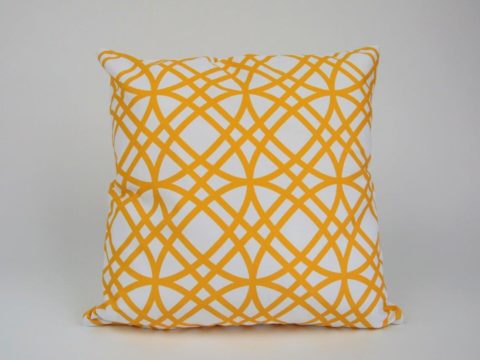Bess of Hardwick: Life Story
Chapter 5 : Countess & Warder
The Earl of Shrewsbury had lands across the Midlands, and, from a practical perspective, these integrated well with Bess’ holdings. In addition, he owned Sheffield Castle and Sheffield Manor, Tutbury Castle (leased from the Crown), Worksop Manor, Buxton Hall, and two former abbeys – Rufford and Welbeck. He had a London house and another at Chelsea. Unlike many of the northern nobility, Shrewsbury was firmly Protestant, which, added to his wealth and influence, meant he was one of Elizabeth’s most important and trusted councillors in the Midlands and north.
Part of the arrangements included cross-marriages between Bess’ children and Shrewsbury’s. Her eldest son, Henry, was to marry Lady Grace Talbot, and the expectation was that he would be Bess’ main heir. Simultaneously, Mary Cavendish was married to the Earl’s second son, Gilbert, his oldest, Francis, already having married Lady Anne Herbert, the Earl of Pembroke’s daughter. Gilbert and Mary were fourteen and twelve respectively, whilst there was a greater disparity of age between Henry, eighteen, and Grace who was around ten.
To ensure that the marriage arrangements were robust, if any of the siblings died before the marriages had been consummated, they were to be passed on to the next sibling in line. Both marriages were contracted on 19th February 1568 at the Church of St Peter and St Paul in Sheffield. The brides were too young for consummation, but that would follow when they were around fifteen or sixteen.
Although almost all marriages were undertaken for practical and economic reasons, both Bess and Shrewsbury were free to make a choice that was personally pleasing to them, and it is apparent from Shrewsbury’s letters to her that he quickly came to love his wife – he regrets her not being with him at nights, during his frequent trips to manage his estates or to serve the Queen. In one letter, he refers to a ‘faithful affection, which I have not tasted so deeply of before’, suggesting that he was happier with Bess than he had been with his first wife, Lady Gertrude Manners.
Whilst Shrewsbury and Bess were in the first flush of marital harmony, the Queen made arrangements that would eventually destroy their peace. In June 1568, Mary, Queen of Scots escaped Scotland after the loss of the Battle of Langside. She was first held as an ‘honoured guest’ at Carlisle, and then at Bolton Castle, whilst Elizabeth considered her options. It soon became apparent that, whatever Elizabeth herself might have preferred, her Councillors were adamant that Mary should neither be allowed to return to Scotland or France, nor brought to the English court.
Instead, the twenty-seven year old Mary was to be kept in honourable confinement. It was quickly decided that there was too much sympathy for Mary in the Catholic North, so the decision was taken to put her in the care of the firm Protestant Shrewsbury, in his manor at Tutbury.
As well as Shrewsbury’s undoubted loyalty, he had other qualifications – he was immensely wealthy and could support the additional expenses required to entertain and guard a queen, and he was attached to his new wife, so less likely to fall victim to Mary’s famous beauty and charm. He was also of sufficient rank to be acceptable to Mary, and, most important of all, his properties were concentrated in the centre of the country, far from any sea coasts.
Mary arrived at Tutbury towards the end of February. Tutbury itself was an old hunting lodge. From the beginning, Mary complained of the damp and cold – within four days, her furniture was sprouting mould. Even worse, the privies were not drained but had to be emptied weekly, the resulting stench infiltrating her windows.
Bess had received a consignment of tapestries, carpets and plate from the royal stores, but had only two weeks’ warning to undertake other refurbishment. She had to have bedding and other items sent from her own apartments at Sheffield Castle to make the place habitable.
The Shrewsburys received strict instructions that Mary, whilst she was to be treated as a queen, was not to receive any visitors without permission from the Council (there had been complaints about her holding court at Bolton). She was also supposed to see Bess only occasionally, but within weeks the two were spending considerable amounts of time together, mostly working on embroidery, which was Mary’s chief pastime. It was fortunate the Queen had both the taste and skill for needlework as her physical activity was extremely curtailed.
Shrewsbury reported to Cecil that Bess and Mary whiled away the hour together, talking on trifling matters. Whilst it had not been intended that Mary should spend much time with Bess, Shrewsbury thought a friendship between them would add to security, rather than endanger it. The results of their hours of work may be seen in the tapestries at Oxburgh Hall.
Mary had her dower as Queen of France, and, as well as using this money to pay the network of secret supporters and spies that she built up over time, she bought furniture for herself and gifts for her ‘hosts’.
Elizabeth (Bess) Hardwick
Family Tree




